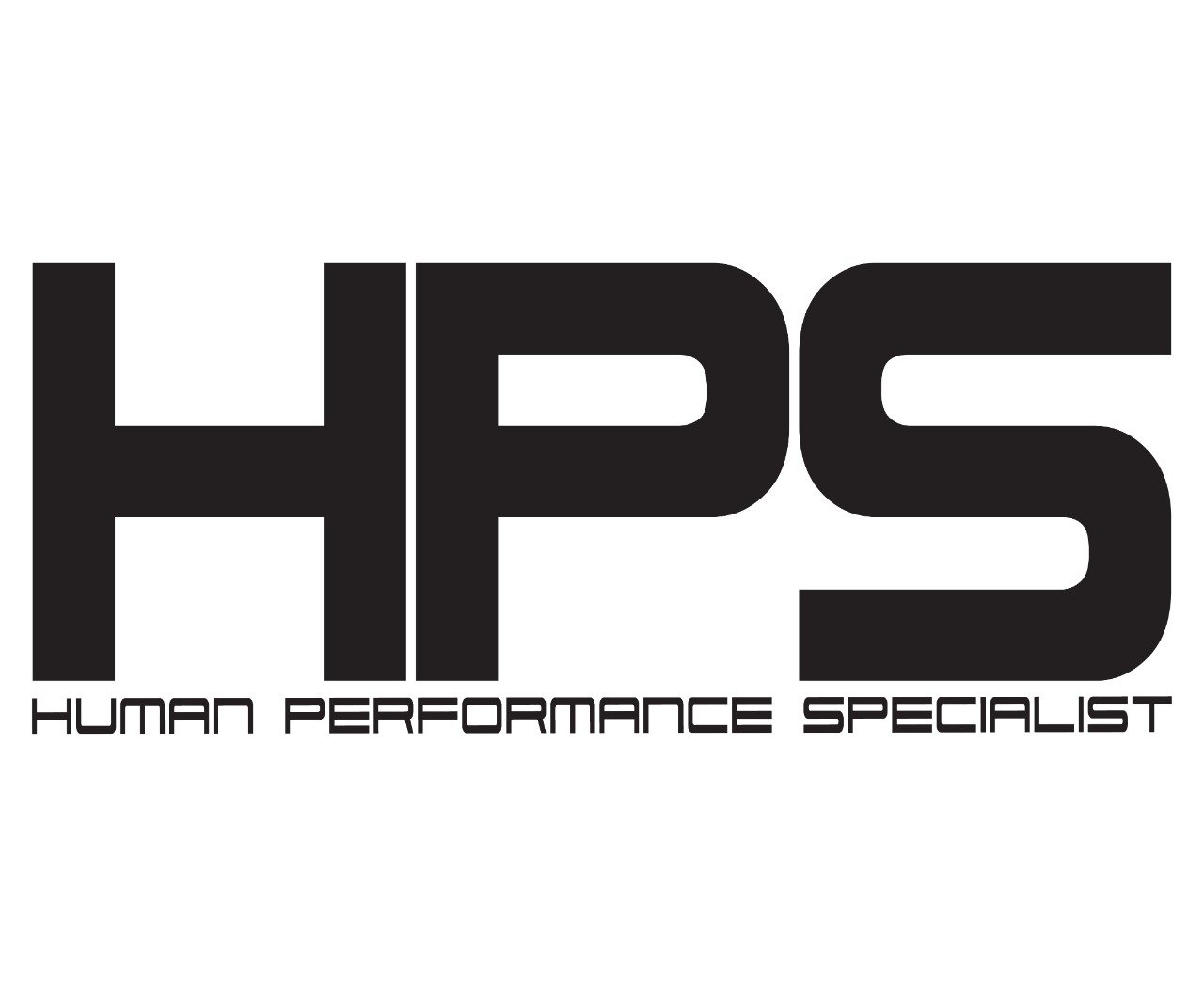Why the Warm-Up Is One of the Most Important Parts of Training
Why the Warm-Up Is One of the Most Important Parts of Training
Whether you are heading into the gym, stepping on a tennis court, or grabbing your paddle for a few games of pickleball, your warm-up is more than just a routine — it is your insurance policy. Skipping it can mean starting your workout with tight muscles, limited mobility, and a higher risk of injury. Done correctly, it primes your body and mind so you can move better, stay stronger, and play longer.
Why Warm-Ups Matter
The warm-up is your chance to “check in” with your body. Tight calves during leg swings? A stiff shoulder during rotation drills? These cues tell you where to focus before you load your body with resistance or speed. At the elite level, warm-ups are treated as non-negotiable — professional athletes know their performance and livelihood depend on staying injury-free. Yet recreational athletes often show up, skip preparation, and are shocked when a hamstring pops or an Achilles gives out.
The Core Components of an Effective Warm-Up
A well-rounded warm-up should last about 10 minutes and include three key elements:
• Foam Rolling: Mild myofascial release to improve blood flow and mobility.
• Dynamic Stretching: Leg swings, lunges, and other movements that mimic the activity ahead.
• Activation Work: Target weak, injury-prone muscles (glutes, rotator cuffs, hips) with bands or bodyweight drills so they are primed for movement.
For some populations — such as older adults with limited mobility — static stretching may still play a role. But for most, the focus should be rolling, dynamic prep, and activation.
Tailoring Warm-Ups to the Activity
Not all warm-ups are the same. They should reflect the demands of the activity:
• For Desk-Bound Professionals: Address tight hips, rounded shoulders, and weak glutes caused by long hours sitting. Focus on opening hip flexors, stretching pectorals, and activating the posterior chain.
• For Elite Athletes: Movement-specific prep like agility drills, explosive bodyweight exercises, and advanced mobility work.
• For Pickleball Players: Quick reactions, lateral shuffles, and overhead swings put stress on the shoulders, knees, and Achilles. A tailored warm-up should include ankle mobility, banded hip activation, and dynamic shoulder prep to keep players moving well — and to prevent the injuries that too often sideline recreational athletes over 40.
The Cost of Skipping the Warm-Up
Think of the first set of any exercise: it is often your weakest. That “wasted” set is your body catching up. A warm-up shortens that lag time and makes every rep more efficient. Skipping it not only increases injury risk but also slows progress and leaves performance gains on the table.
Why Work With a Human Performance Specialist
General warm-up routines have value, but nothing compares to one designed around your movement patterns. That is where a Human Performance Specialist can help. Through targeted movement evaluations, we identify weaknesses, imbalances, and areas at risk — and build warm-ups that prepare you for both the short game (today’s session) and the long game (your health and performance years down the road).
The Bottom Line
The warm-up is not wasted time. It is the foundation of better training, safer play, and lasting performance. Whether your goal is to lift heavier, move without pain, or enjoy more seasons on the pickleball court, it starts with preparation.
